How does the circuit breaker work?
The circuit breaker generally consists of a contact system, an arc extinguishing system, an operating mechanism, a trip unit, a casing, and the like.
When short-circuited, the magnetic field generated by a large current (typically 10 to 12 times) overcomes the reaction force spring.
The trip unit pulls the operating mechanism and the switch trips instantaneously. When overloaded, the current becomes larger, the heat is increased, and the bimetal deforms to a certain extent to push the mechanism (the larger the current, the shorter the action time).
Now there is an electronic type, using a transformer to collect the current of each phase, compared with the set value, when the current is abnormal, the microprocessor sends a signal, so that the electronic trip unit drives the operating mechanism.
The function of the circuit breaker is to cut off and close the load circuit, and cut off the fault circuit to prevent accidents from expanding and ensure safe operation. The high-voltage circuit breaker is to break 1500V, the current is 1500-2000A arc, these arcs can be extended to 2m and continue to burn without extinguishing. Therefore, arc extinguishing is a problem that must be solved by high voltage circuit breakers.
The principle of arc-extinguishing and arc-extinguishing is mainly to cool the arc to attenuate the heat release. On the other hand, the arc-expanding arc strengthens the recombination and diffusion of the charged particles, and at the same time, the charged particles in the arc gap are blown off, and the dielectric strength of the medium is quickly restored.
Low-voltage circuit breakers, also known as automatic air switches, can be used to switch the load circuit on and off, as well as to control motors that are not frequently started. Its function is equivalent to the sum of the functions of some or all of the electric appliances such as the knife switch, over current relay, voltage loss relay, thermal relay and leakage protector. It is an important protection device in the low voltage distribution network.
Low-voltage circuit breakers have a variety of protection functions (overload, short circuit, under voltage protection, etc.), adjustable action values,
It has been widely used because of its high breaking capacity, convenient operation and safety. Structure and working principle The low-voltage circuit breaker is composed of operating mechanism, contacts, protection devices (various trip units), arc extinguishing system and so on.
The main contacts of the low voltage circuit breaker are manually operated or electrically closed. After the main contact is closed, the free trip mechanism locks the main contact in the closed position. The coil of the overcurrent release and the thermal element of the thermal trip are connected in series with the main circuit, and the coil of the undervoltage release is connected in parallel with the power supply. When the circuit is short-circuited or severely overloaded, the armature of the overcurrent release pulls in, causing the free trip mechanism to act and the main contact to open the main circuit. When the circuit is overloaded, the heat element of the thermal tripper generates heat to bend the bimetal and push the free trip mechanism. When the circuit is under voltage, the armature of the undervoltage release is released. The free trip mechanism is also actuated. The shunt release is used for remote control. In normal operation, the coil is powered off. When distance control is required, the start button is pressed to energize the coil, and the armature drives the free trip mechanism to make the main touch. The point is broken.
Circuit breaker definition:
Low-voltage circuit breaker, also known as automatic switch, is an electrical appliance that has both manual switching and automatic voltage loss, undervoltage, overload, and short-circuit protection. It can be used to distribute electric energy, start asynchronous motors infrequently, protect power lines and motors, and automatically cut off circuits when they are severely overloaded or short-circuited or under-voltage faults. Their functions are equivalent to fuse switches and A combination of under-heat relays, etc.
Related articles
-

Renewable energy, new energy
The current quick-break protection, as the name implies, refers to the current protection of the instantaneous action when the cable joint current changes or exceeds the preset protection value range.
-
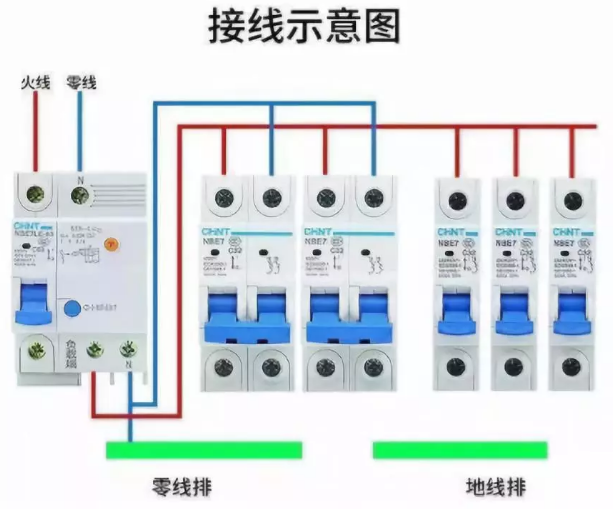
Is the standard connection of the circuit breaker a left zero right fire?
The circuit breaker can protect the line at home. Once the line in the home fails, the circuit breaker can automatically trip, thereby reducing the accident loss. It can be said that the circuit break
-
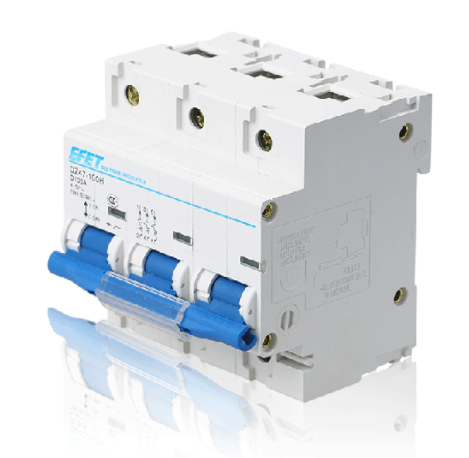
What are the main technical parameters of the circuit breaker?
1 rated voltage (KV)Refers to the rated (line) voltage of the system when the circuit breaker is working normally. This is the nominal voltage of the circuit breaker. The circuit breaker should be abl
-
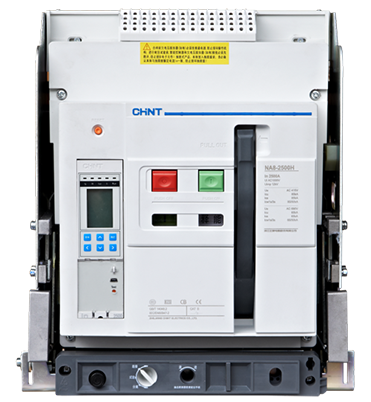
What are the main technical parameters of the circuit breaker?
1. Rated voltage (KV)Refers to the rated (line) voltage of the system when the circuit breaker is working normally. This is the nominal voltage of the circuit breaker. The circuit breaker should be ab
-
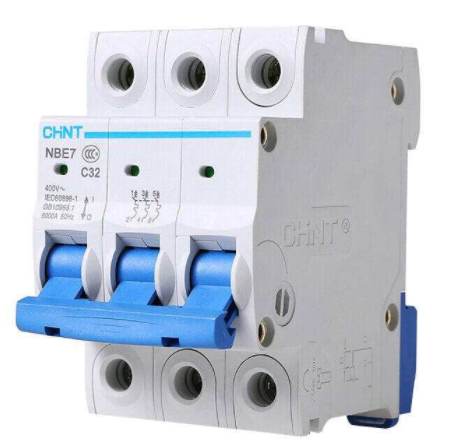
How does the circuit breaker work?
working principleThe circuit breaker generally consists of a contact system, an arc extinguishing system, an operating mechanism, a trip unit, a casing, and the like.When short-circuited, the magnetic
-
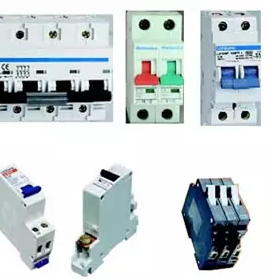
Is the circuit breaker an air switch?
A circuit breaker is a switching device that can close, carry and break current under normal circuit conditions, and can close and carry current under abnormal loop conditions (including short-circuit
-
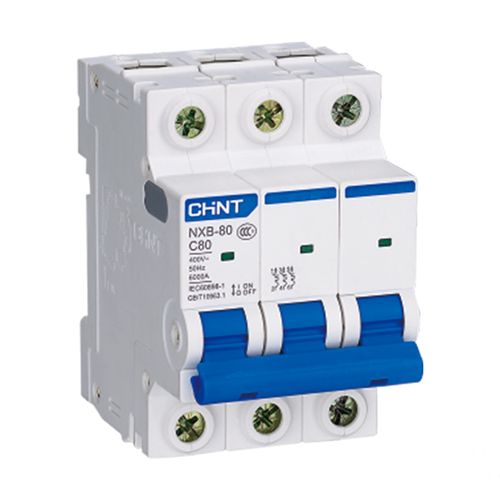
How to connect the circuit breaker? How to wire the leakage circuit breaker?
As shown in the figure, the red is the fire line, the green is the zero line, the front is the leakage protection switch, and the rear is the circuit breaker (air switch).Through the leakage circuit b
-
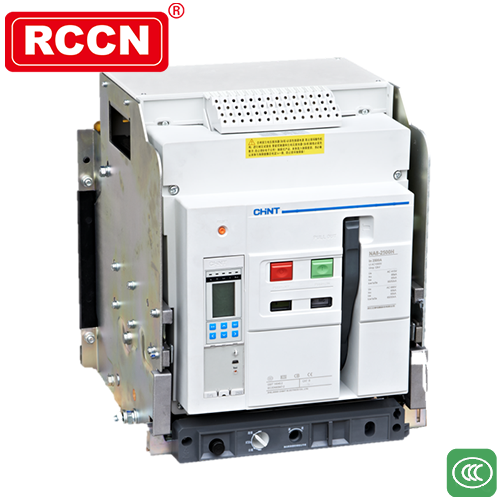
How to choose miniature circuit breaker C type and D type
The miniature circuit breaker used for motor start should be D type, C type used for power distribution control and lighting, D type has a larger short-circuit segment multiple than C type.
















 RCCN WeChat QrCode
RCCN WeChat QrCode Mobile WebSite
Mobile WebSite